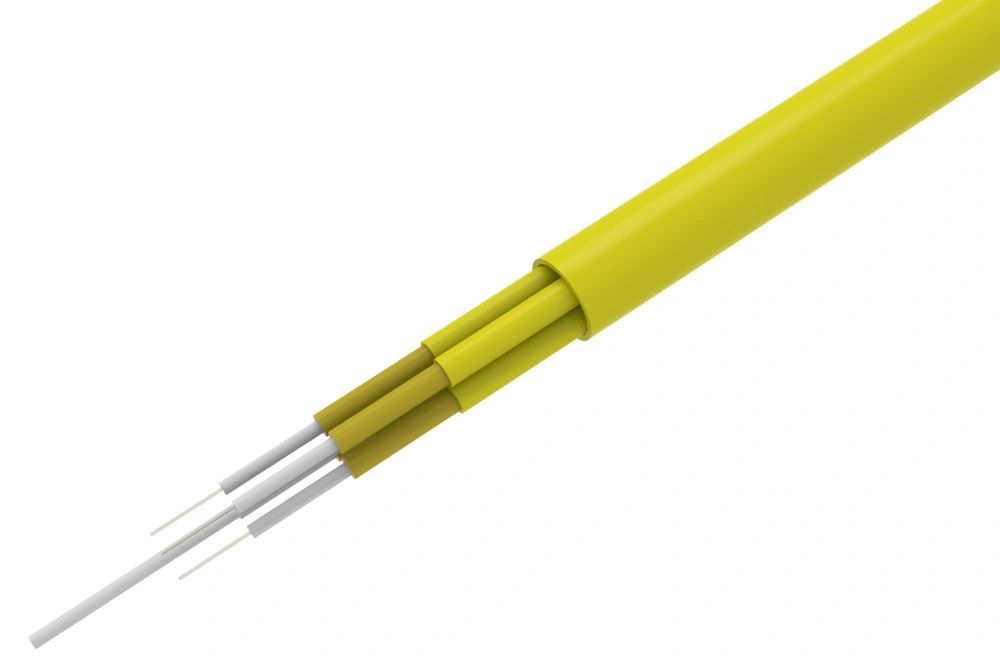Ensuring the Longevity and Reliability of Indoor Optical Cables through Effective Protection and Maintenance

Optical cables are the lifeline of modern communication systems, ensuring the seamless transmission of data and information. Indoor optical cables, in particular, play a crucial role in connecting various devices and enabling efficient communication within buildings. However, to ensure their optimal performance and longevity, it is essential to implement effective protection measures and preventive maintenance. This article will delve into the various aspects of protecting indoor optical cables and outline comprehensive maintenance strategies.
1. Physical Protection Measures
Physical protection is the first line of defense for indoor optical cables. Proper routing and installation techniques are essential to prevent damage caused by accidental bending, crushing, or pulling. By using cable trays, conduits, and secure fasteners, the cables can be kept organized and protected from potential hazards such as foot traffic or equipment movement. Implementing cable management systems also simplifies future maintenance activities by allowing easy access to cables.
2. Environmental Protection Measures
Environmental factors can significantly affect the performance and lifespan of indoor optical cables. Temperature fluctuations, humidity, dust, and exposure to harsh chemicals can all lead to degradation and signal loss. To mitigate these risks, it is crucial to create a controlled environment within the premises. This can be achieved by installing proper ventilation systems, maintaining suitable temperature and humidity levels, and regularly cleaning the surrounding areas to minimize dust accumulation. Additionally, using cable ducts or sleeves can provide an extra layer of protection against chemical exposure.
3. Preventive Maintenance Strategies
Regular inspections and maintenance activities are vital to identify potential issues and ensure the long-term functionality of indoor optical cables. Scheduled visual inspections should be conducted to check for signs of damage, such as frayed or loose cables, bent connectors, or compromised protective sheaths. Any detected issues should be promptly addressed through repairs or replacements. Furthermore, periodic cleaning of connectors and end faces is crucial to prevent signal degradation caused by dirt or dust. It is recommended to follow industry standards and guidelines for maintenance procedures and consider partnering with professional service providers for comprehensive maintenance programs.
In conclusion, protecting and maintaining indoor optical cables is a critical aspect of maintaining uninterrupted and efficient communication systems. By implementing physical and environmental protection measures and adopting regular maintenance strategies, the longevity and reliability of these cables can be ensured. It is important for organizations to prioritize the care and maintenance of their indoor optical cables to avoid costly downtime and maintain optimal performance.



